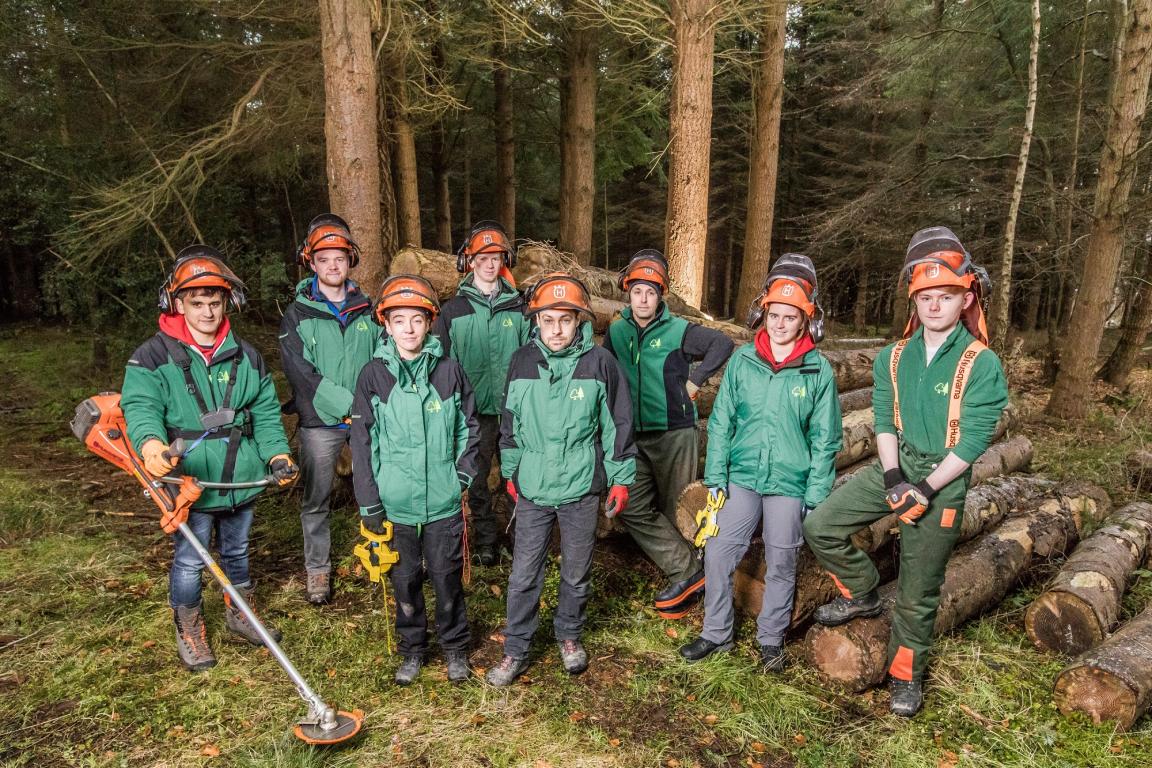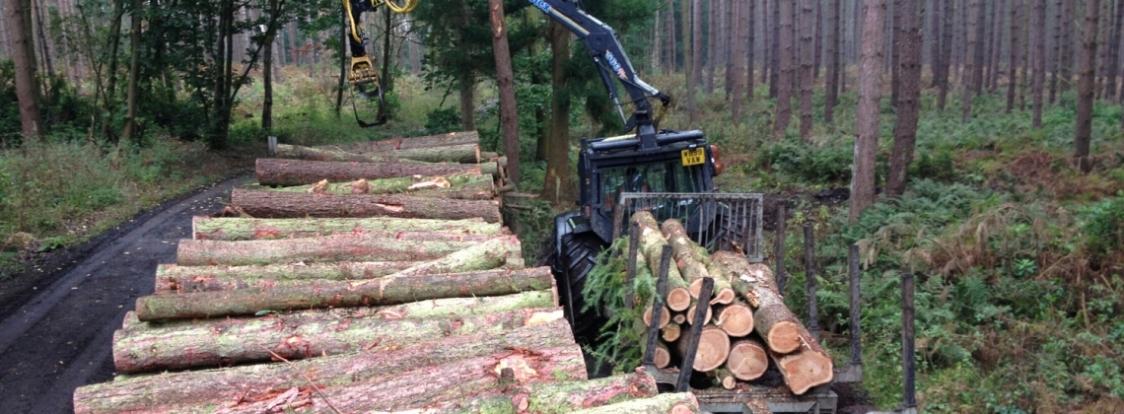How Can I Use Satellite Data to Improve My Forest's Fire Management?
Forest fires pose a significant threat to ecosystems, communities, and economies worldwide. Effective forest fire management is crucial for mitigating these risks and protecting valuable natural resources. Satellite data has emerged as a powerful tool that can significantly enhance forest fire management efforts. This article provides a comprehensive guide on how forest managers can utilize satellite data to improve their fire management strategies.

Understanding Satellite Data
Satellite data offers a unique perspective on forest fire management. Different types of satellite data provide valuable information that can be used to detect, monitor, and predict forest fires, assess fuel loads, and map fire-prone areas. These data include:
- Optical Imagery: Provides visible and near-infrared images of the Earth's surface. Useful for detecting active fires, identifying burned areas, and assessing post-fire damage.
- Thermal Imagery: Measures the temperature of the Earth's surface. Useful for detecting active fires and estimating fire intensity.
- Radar Imagery: Penetrates clouds and smoke, providing information on forest structure and fuel conditions. Useful for fuel assessment and mapping, as well as detecting fires in obscured areas.
- LiDAR (Light Detection and Ranging): Provides detailed information on forest structure and topography. Useful for fuel assessment, fire risk mapping, and post-fire damage assessment.
Satellite Data For Fire Detection And Monitoring
Satellite data plays a crucial role in detecting and monitoring forest fires. Real-time satellite data can provide early warnings of active fires, allowing fire managers to respond quickly and effectively. Satellite data can also be used to track fire spread patterns, monitor fire behavior, and identify potential fire-prone areas.

For example, the Moderate Resolution Imaging Spectroradiometer (MODIS) instrument on NASA's Terra and Aqua satellites provides daily global coverage of active fires. MODIS data is used by fire management agencies worldwide to detect and monitor forest fires in near real-time.
Satellite Data For Fuel Assessment And Mapping
Fuel assessment and mapping are essential for developing effective fire management strategies. Satellite data can provide valuable information on fuel loads, types, and moisture content, which are key factors in determining fire behavior and spread. Satellite-based fuel maps can be used to identify areas at high risk of fire, prioritize fuel management activities, and develop fire suppression strategies.

For example, the LANDFIRE program in the United States uses satellite data to create detailed fuel maps for the entire country. These maps are used by fire managers to plan prescribed burns, allocate resources, and respond to wildfires.
Satellite Data For Fire Risk Assessment And Prediction
Fire risk assessment and prediction are critical for proactive fire management. Satellite data can be integrated with other data sources, such as weather forecasts and historical fire data, to create fire risk maps and models. These maps and models can help fire managers identify areas at high risk of fire, prioritize fire prevention efforts, and allocate resources accordingly.
For example, the Canadian Forest Service uses satellite data to develop a fire risk map for the entire country. This map is used by fire managers to plan fire prevention activities, allocate resources, and respond to wildfires.
Satellite Data For Post-Fire Assessment And Recovery
Satellite data can also be used to assess the extent and severity of post-fire damage. Satellite imagery can be used to map burned areas, identify areas of high burn severity, and monitor post-fire recovery. This information can be used to plan post-fire rehabilitation efforts, such as reforestation and erosion control.
For example, the United States Geological Survey (USGS) uses satellite imagery to map burned areas after wildfires. These maps are used by land managers to plan post-fire recovery efforts and monitor the long-term recovery of burned forests.
Challenges And Considerations
While satellite data offers significant benefits for forest fire management, there are also challenges and limitations associated with its use. These include data integration, accuracy, and timeliness.
Data integration is a challenge because satellite data comes from a variety of sources and formats. Fire managers need to be able to integrate data from different sources to create a comprehensive picture of fire risk and behavior. Accuracy is another challenge, as satellite data can be affected by atmospheric conditions and other factors. Finally, timeliness is a concern, as satellite data may not be available in near real-time in all cases.
Despite these challenges, satellite data is a valuable tool for forest fire management. By addressing the challenges and limitations, fire managers can effectively utilize satellite data to improve their fire management strategies and protect forests from wildfires.
Satellite data has revolutionized forest fire management. By providing real-time information on active fires, fuel conditions, fire risk, and post-fire damage, satellite data enables fire managers to make informed decisions and take proactive measures to prevent and suppress wildfires. As satellite technology continues to advance, the potential applications of satellite data in forest fire management will only continue to grow. Forest managers who embrace satellite data technologies will be better equipped to protect forests and communities from the devastating impacts of wildfires.
YesNo

Leave a Reply